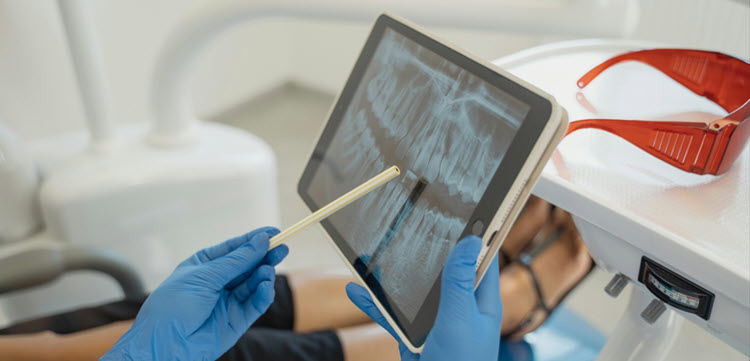Moderate (Conscious) Sedation

Image Credit: Pexels
Moderate (conscious) sedation is a medically induced state in which patients remain responsive to verbal cues or gentle touch, while maintaining their own airway without assistance. This approach is often preferred because it reduces anxiety and discomfort, allows for quicker recovery, and avoids the deeper risks associated with general anesthesia.
MCS is not to be confused with MAC – Monitored Anesthesia Care, which typically involves varying degrees of sedation, awareness, analgesia and anxiolysis as necessary. The responsibility is also greater for MAC. So as not to conflate the two, we will from hereafter, refer MCS as MS (Moderate Sedation). The American Association of Anesthesiologists has written a distinguishing statement on the two. I encourage you go to out and visit their page and read this statement.
What types of procedures typically use MS?
- Dental procedures
- Certain Endoscopic procedures (see G0500 for (GI) Medicare patients)
- Minor surgeries
- Certain Orthopedic procedures
- Certain Eye surgeries
- Wound care
Documentation Requirements
Pre-Sedation (not included in total time)
- Medical history and physical exam
- Risk assessment and ASA classification
- Informed consent
- Equipment readiness and medication orders
Intra-Service (used to level service)
- Start and stop times (MS are time-based codes)
- Continuous face-to-face time
- Vital signs: BP, HR, O2 saturation
- Level of consciousness
- Medication administration (dose, route, time)
Post-Sedation (not included in total time)
- Recovery monitoring
- Discharge criteria met
- Communication with caregiver
- Documentation of stability
CPT Coding
MCS codes are time-based and selected according to the following criteria:
- Whether the provider performing the sedation is the same as the one performing the procedure.
- If the same provider, an (ITO) independent trained observer must be present.
- An ITO is an individual qualified to monitor the patient during the procedure.
- The ITO has no other duties during the procedure (e.g., assist at surgery)
- The age of the patient.
- The duration of intra-service time.

Billing Guidelines
- Time-based: Must meet or exceed 10 minutes to bill.
- Setting-specific:
- Office (POS 11): All codes billable
- Hospital (POS 21/22): +99153 is technical component only (hospital bills it)
- NCCI MUE (Medically Unlikely Edits): +99153 has a max of (9 units)
HCPCS Coding
CMs created a unique HCPCS code for Medicare patients undergoing GI endoscopy.
G0500: Moderate sedation services provided by the same physician or other qualified health care professional performing a gastrointestinal endoscopic service that sedation supports, requiring the presence of an independent trained observer to assist in the monitoring of the patient’s level of consciousness and physiological status; patient age 5 years or older (additional time may be reported with 99153, as appropriate).
Compliance Tips
- Use the most appropriate code.
- Ensure presence of an Independent Trained Observer (not involved in the procedure) when same provider is billing for both the procedure and MS.
- Avoid unbundling when sedation is inherent to the procedure.
Common Errors
- Billing without proper documentation of time
- Using +99153 in hospital settings without technical billing
- Missing documentation of face-to-face time
Summary
Moderate sedation (MS) is a safe and effective method of reducing patient anxiety and discomfort during procedures, while allowing them to remain responsive and breathe independently. Commonly used in dental, endoscopic, minor surgical, orthopedic, eye, and wound care procedures, MS offers faster recovery and fewer risks than general anesthesia. Accurate documentation—including pre-sedation assessments, intra-service monitoring, and post-sedation recovery—is essential for compliance and proper billing. MS coding is time-based and influenced by provider roles, patient age, and service duration. Adhering to billing guidelines and avoiding common documentation errors ensures appropriate reimbursement and regulatory compliance.
Resources
American Society of Anesthesiologists article – Statement on MS vs MAC
2025 AMA CPT Manual, Medicine Section (pgs. 889-892)
CMS – 2025 NCCI Edits Manual, Chapter II – Anesthesia
AAPC – Moderate Sedation Calculator Comes to the Rescue
ACEP – Moderate Sedation FAQ